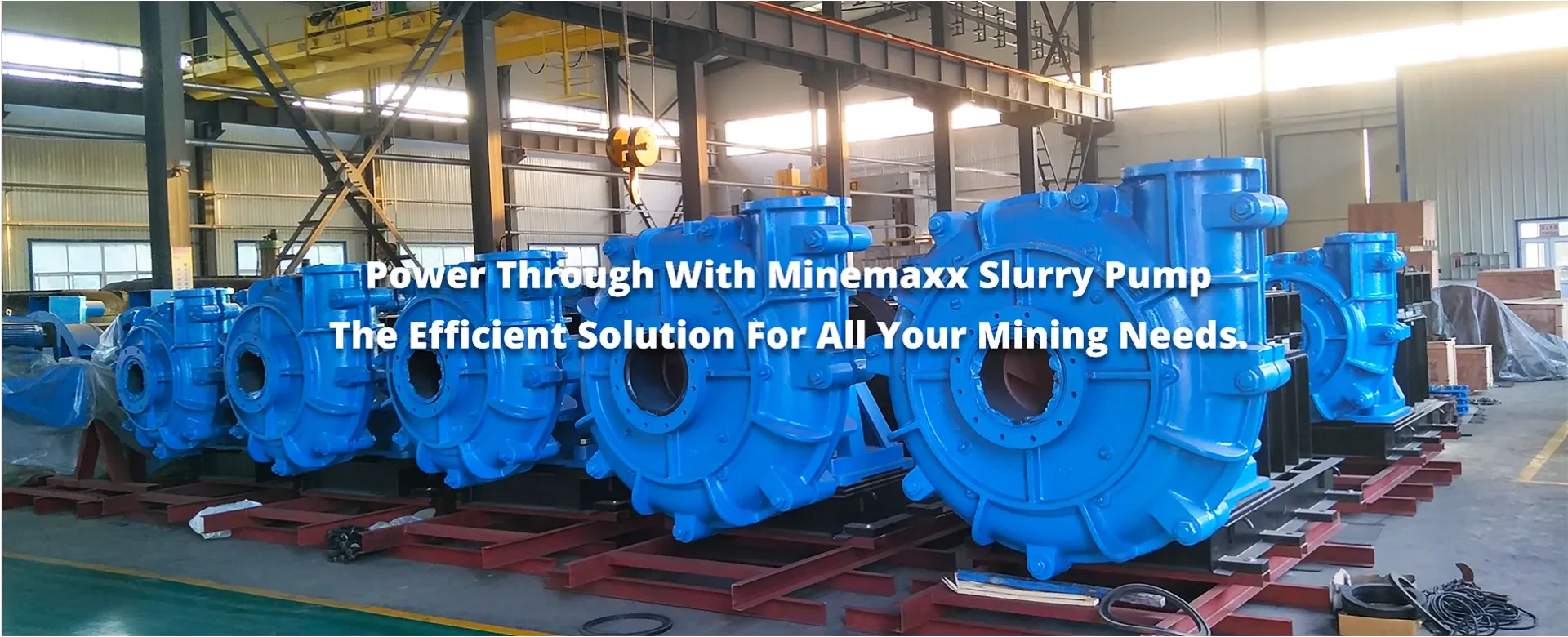-
 support@minemaxx.com
support@minemaxx.com
-
 0086-311-87833311
0086-311-87833311
 NO.8 JIHENG STREET,QIAOXI DISTRICT,SHIJIAZHUANG,HEBEI,CHINA
NO.8 JIHENG STREET,QIAOXI DISTRICT,SHIJIAZHUANG,HEBEI,CHINA
Exploring Various Types of Impeller Blades for Optimal Performance in Fluid Dynamics
Understanding Impeller Blade Types A Key to Efficient Fluid Dynamics
Impellers play a crucial role in various applications, from pumps and turbines to compressors and fans. The design of impeller blades significantly affects the performance and efficiency of these devices. This article aims to explore different types of impeller blade designs, their applications, and how they influence fluid dynamics.
1. Axial Impellers
Axial impellers are one of the most common types used in various industries. They operate by moving fluid along the axis of the impeller, similar to the way a boat propeller pushes water backward to move the boat forward. Axial impellers can be found in applications like hydroelectric plants, ventilation systems, and marine propulsion.
The blade design in axial impellers usually consists of a series of curved blades, which help to maintain a smooth flow of fluid. The angle and shape of the blades can vary, affecting the volume and pressure of the fluid being transported. One of the advantages of axial impellers is their ability to handle large volumes of fluid with relatively low energy consumption, making them ideal for applications requiring high flow rates.
2
. Radial ImpellersIn contrast to axial impellers, radial impellers move fluid perpendicular to the axis of the impeller. This design is commonly found in centrifugal pumps and fans. The radial flow allows for higher pressure gains, making these impellers suitable for applications where high head pressure is required.
Radial impellers feature a design that directs fluid radially outward from the center of the impeller. The blades are typically designed to be straight or slightly curved, contributing to the efficiency of fluid movement. One downside to radial impellers, however, is that they may not handle large volumes of fluid as efficiently as axial designs, especially at low operational speeds.
impeller blade types

3. Mixed Flow Impellers
Mixed flow impellers combine elements of both axial and radial designs. They are designed to handle fluid flow at an angle between axial and radial directions. This unique geometry provides a balance between high flow rates and high-pressure output, making mixed flow impellers versatile for various applications, including wastewater management and industrial processing.
The mixed flow design means the blades can have both axial and radial components, allowing for a more flexible operation in systems that require adaptability to varying flow conditions. This adaptability is essential in applications where the characteristics of the fluid may change, such as during varying load conditions or fluid composition.
4. Open vs. Closed Blades
Another significant distinction in impeller design is between open and closed blade configurations. Open blade impellers typically have blades that are not enclosed by a shroud or casing. This design is advantageous in applications handling solid particles or fibrous materials, as it allows for the easy passage of debris without clogging.
Closed blade impellers, on the other hand, have blades that are enclosed by a shroud. This configuration results in greater efficiency and improved performance, especially in applications that require high-pressure generation. Closed blade designs are commonly used in high-speed centrifugal pumps where efficiency and velocity are paramount.
Conclusion
The design and type of impeller blades are fundamental to the performance and efficiency of fluid-moving machinery. From axial and radial to mixed flow impellers, each design serves distinct purposes based on operational requirements. Understanding these types and their specific applications is crucial for engineers and professionals working in industries that rely on fluid dynamics. Selecting the appropriate impeller blade type can lead to improved energy efficiency, reduced operational costs, and enhanced performance in various applications.
-
Wet Parts for Optimal PerformanceNewsOct.10,2024
-
Vertical Pump Centrifugal SolutionsNewsOct.10,2024
-
Top Slurry Pump ManufacturersNewsOct.10,2024
-
The Ultimate Guide to Centrifugal Pump for SlurryNewsOct.10,2024
-
Pump Bearing Types for Optimal PerformanceNewsOct.10,2024
-
A Guide to Top Slurry Pump SuppliersNewsOct.10,2024
-
Slurry Pump Parts for Optimal PerformanceNewsSep.25,2024

